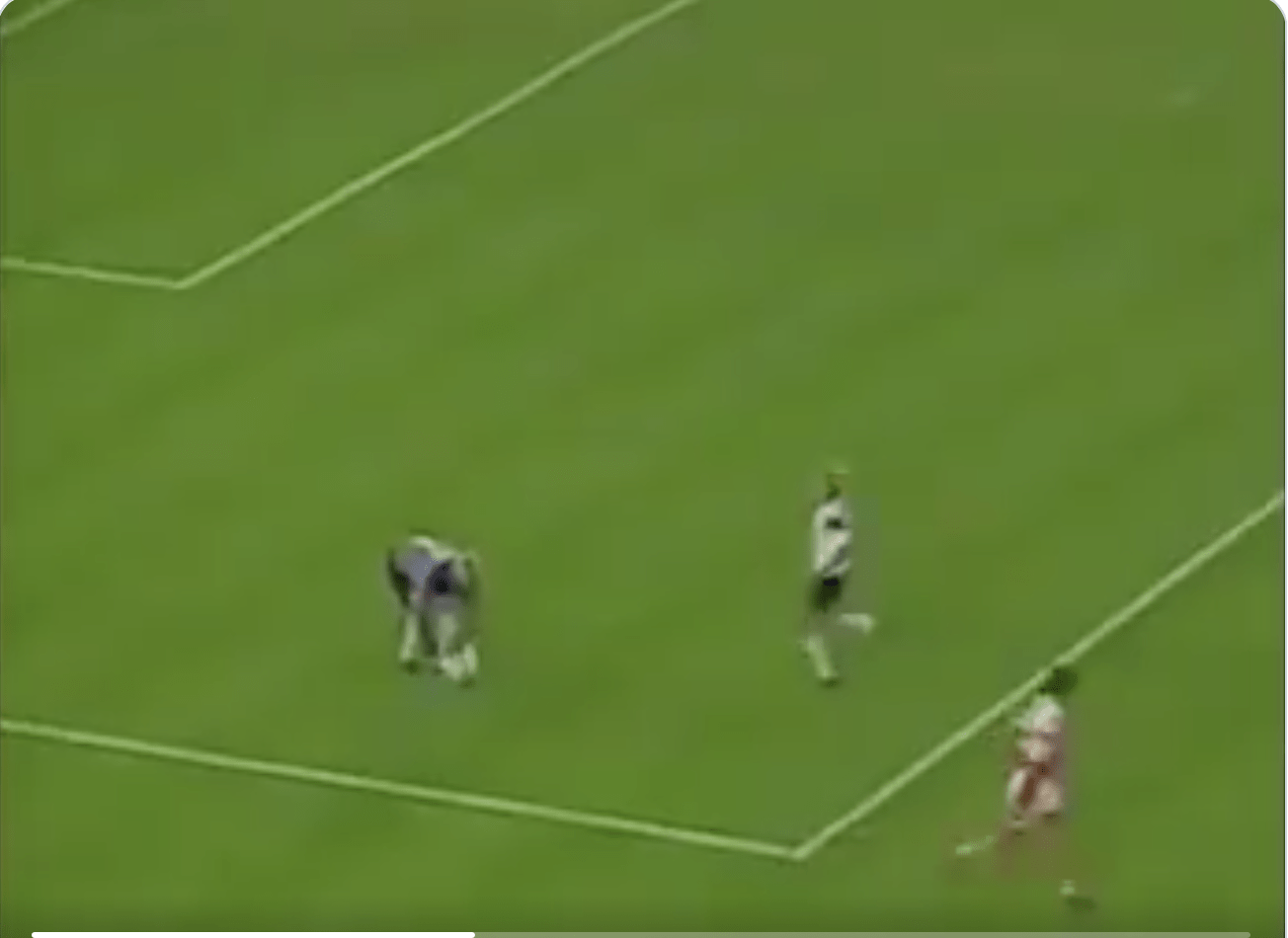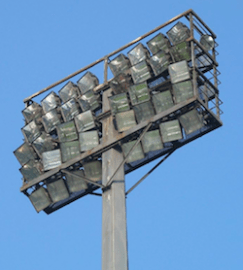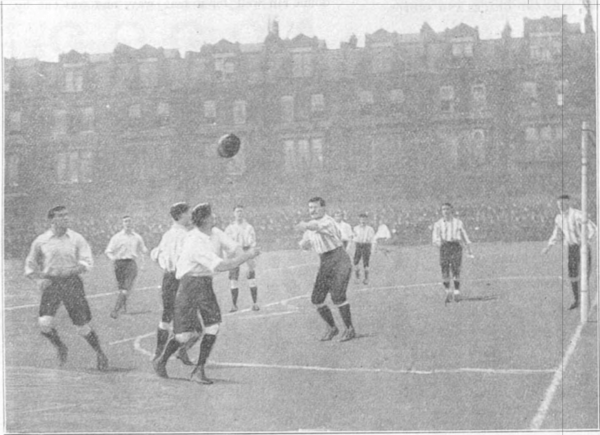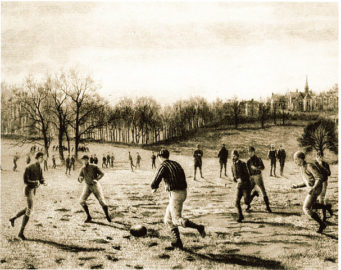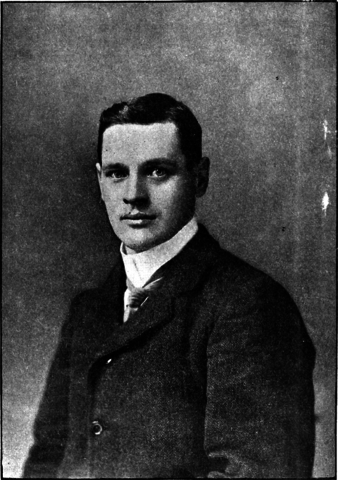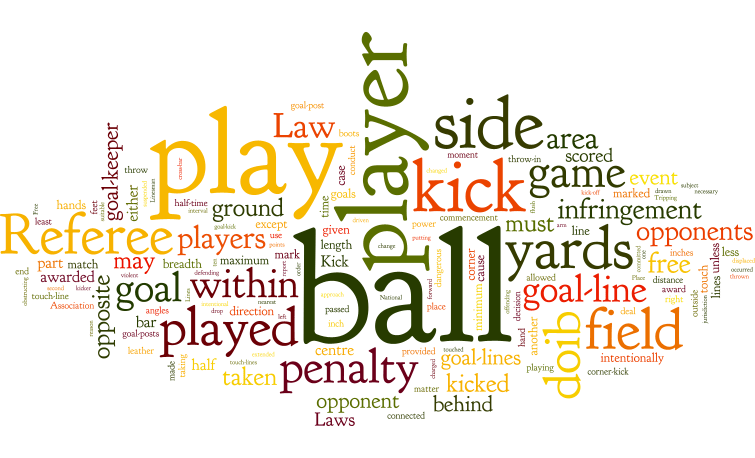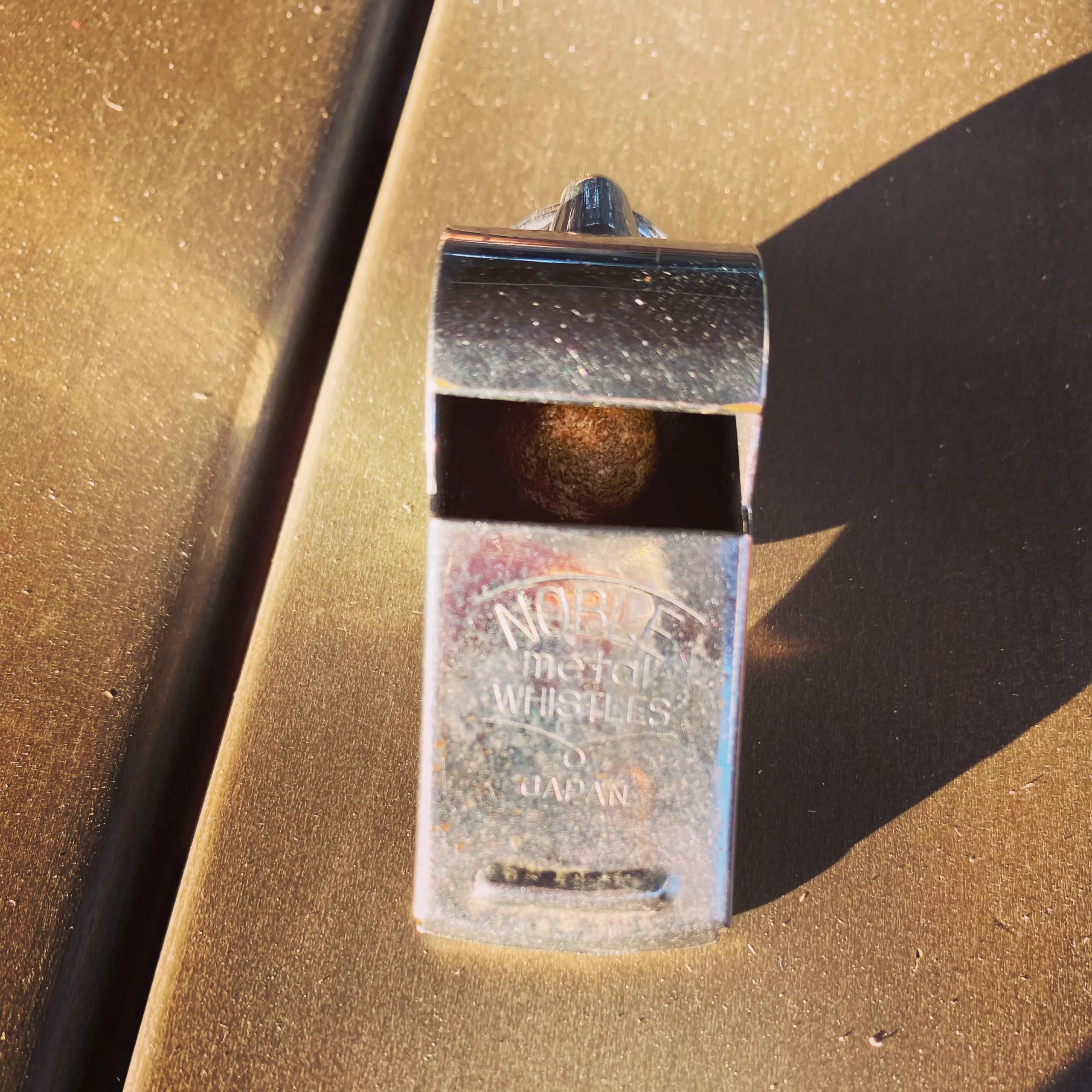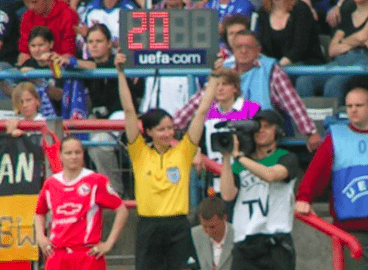Football Rules | Nachspielzeiten
Hello, my name is Petra Tabarelli and I do research and talk about football rules. Nachspielzeiten is my offer to all referees and other football supporters who not only want to know what the current football rules are like, but also want to understand their development. How do you get to know about the history of football rules? I made a virtue out of necessity: at the beginning, I only wanted to check when a certain law was introduced. But I did not believe the first chronology offered by the search engine, but checked several of it. And so it started… The dilemma: the dates differed. And not only with this law, but with others as well. The more I tried to find a source I could really trust, the more I noticed the differences: football rules were omitted, different sets of rules were combined without pointing them out, and above all, many chronologies of websites were copied without checking. So I started to search for the laws myself. At first I found very few, …


